COMPLETE SADDLESTITCH SEWING GUIDE
LEARN THE “TRADITIONAL” SEWING TECHNIQUE OF LEATHER ARTISANS!
Sewing leather with a saddle stitch allows you to obtain a beautiful slanted stitch on both sides (right and wrong).
SEE THE GUIDE >
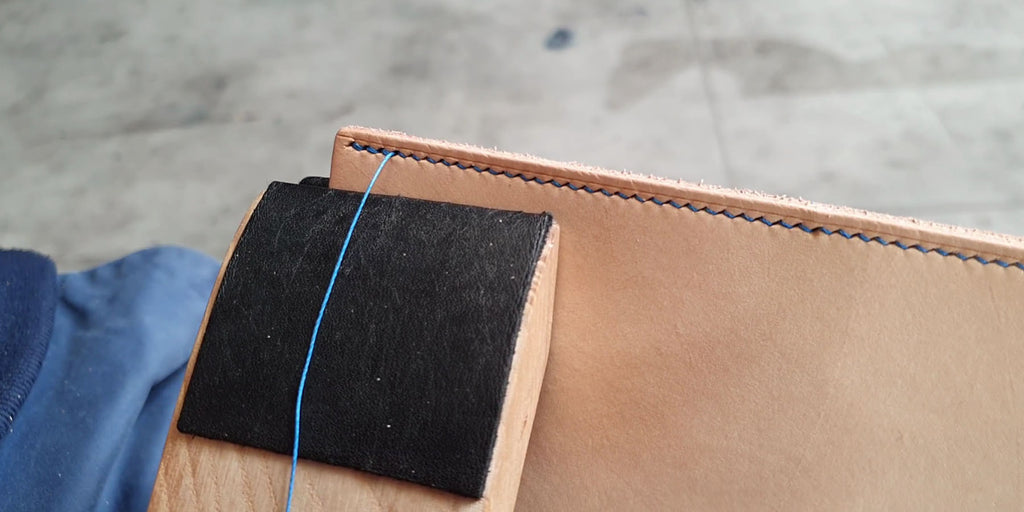
Simplified leather sewing
Simplified hand sewing of leather involves piercing/marking the stitching points using a round punch . There is therefore no need to pierce the leather with a diamond-tipped awl (and therefore no need for saddle pliers). This "hole" and straight stitch sewing is ideal for beginners .
The tools needed for simplified leather sewing
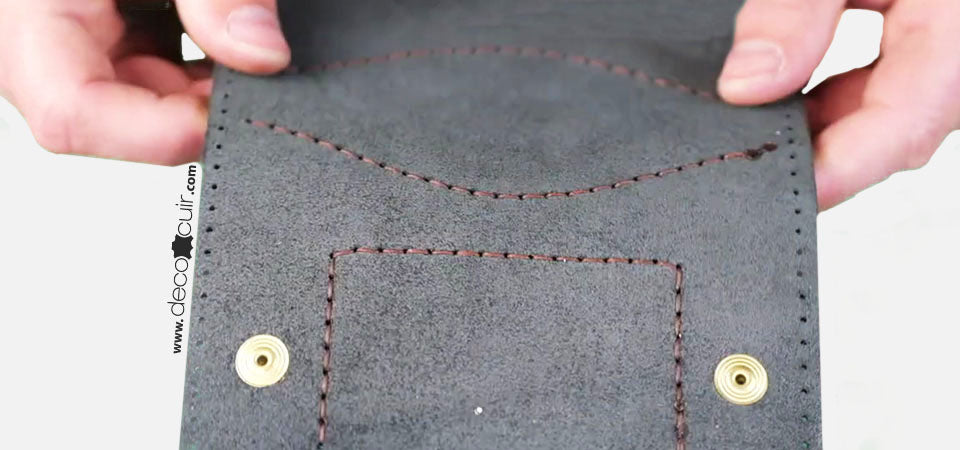
CHOICE OF YARN
It is necessary to have a thick thread to fill the holes (polyester or linen thread): a diameter of approximately 0.60 mm . The diameter of the thread used in the photos is 0.6 mm (braided and waxed polyester thread).
We advise you to carry out tests for small leather goods creations in order to favor a linen thread with a smaller diameter (0.45 to 0.55 mm).
CHOICE OF NEEDLE
It is necessary to thread 2 round-tipped needles Size 1/0 - Ø1.1 mm (ref. CA118_01) onto its thread.
GUIDE: WHICH NEEDLE SHOULD I CHOOSE FOR MY THREAD?
Unlike the saddle stitch, there is no need to make a "comma" ( pass the thread over the needle ) to have a stitch slanted on both sides => the simplified seam has a straight stitch.
CHOICE OF COOKIE CUTTER
Simplified leather stitching involves making holes approximately 0.9 to 1.25 mm in diameter and spaced 6.5 mm apart (center to center) in the leather to pierce the stitches. Then, it is necessary to pass each needle through each hole.
Many patterns today include these types of stitches.
HOW TO MARK STITCHES?
We recommend marking the stitching points directly on your pattern. To have the same spacing between the points (and without a computer) , we recommend using our Kutsch ruler (ruler for marking stitching points) and a round awl.
For hole sewing we recommend using the largest center distance of 4.00 mm or skipping 1 stitch out of 2 for small center distances (example: center distance 3.00 mm = 1 stitch every 6.00 mm) .
As a reminder, for simplified sewing we generally space our stitches (center to center distance) every 6.5 mm.
THE STAGES OF SEWING
1. Place your template on the leather and secure it with masking tape (to avoid damaging the leather). Then, punch out the stitching points with a punch. 
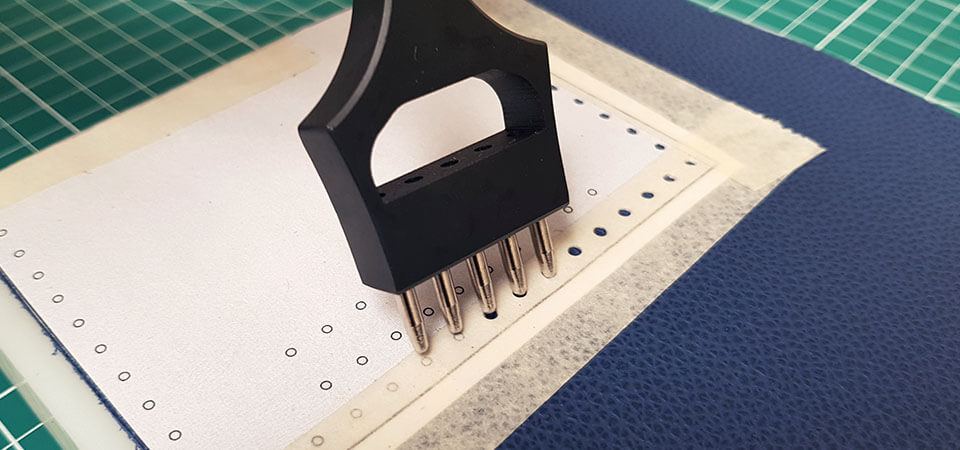
2. Cut a thread (polyester or linen): generally equivalent to 4 or 5 times the length of the sewing line . If you have to do a long seam, take an armful = length with your arms outstretched so as not to have to handle meters of thread.
If linen thread: wax the thread with beeswax. Pass it through 3 times and wipe it dry.
Thread a needle through each end of the thread (see GIF):
- Insert the thread at needle height and then insert it twice.
- Crimp the end of the thread and pass it through the eye of the needle.
- Pull the thread to make the knot.
- Do the same thing to thread the other end of the thread onto the second needle.
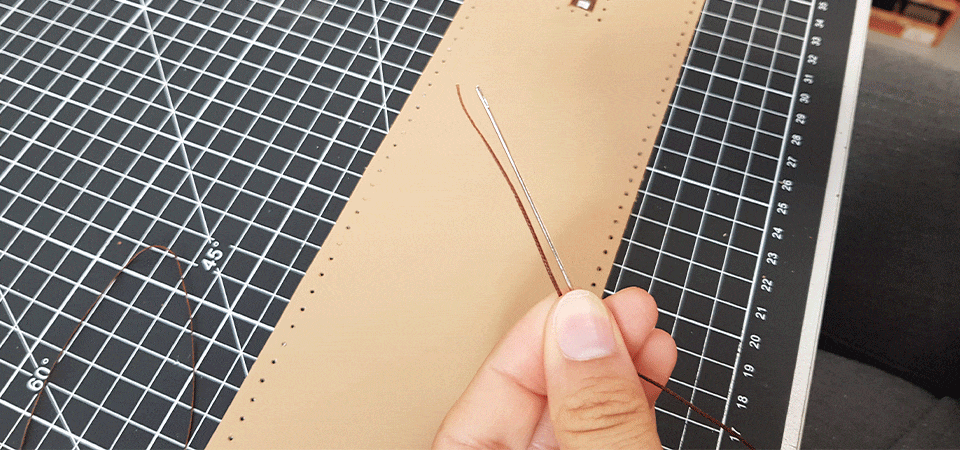
3. Start sewing
For aesthetic reasons, we recommend starting the seam at the 4th stitch in order to make 3 double stitches and thus have symmetry in relation to our end seam (the 3 stopping stitches) => to be done only if the seams do not join.
You can also simply start your sewing from the first stitch by leveling the threads or making a saddle stitch (when you are at the edge of a piece - e.g. card holder).
- Sew by passing each needle through each hole one by one (or at the same time if you are comfortable)
- Tighten the stitch well.
Feel free to watch the video below which shows you an overview of the method ⬇️
4. Make 3 stop stitches
- Make 3 backstitching stitches and cut the thread.
- If polyester thread: cut the thread flush then burn it.
- If linen thread: cut the thread flush and apply a dot of glue using a round awl.
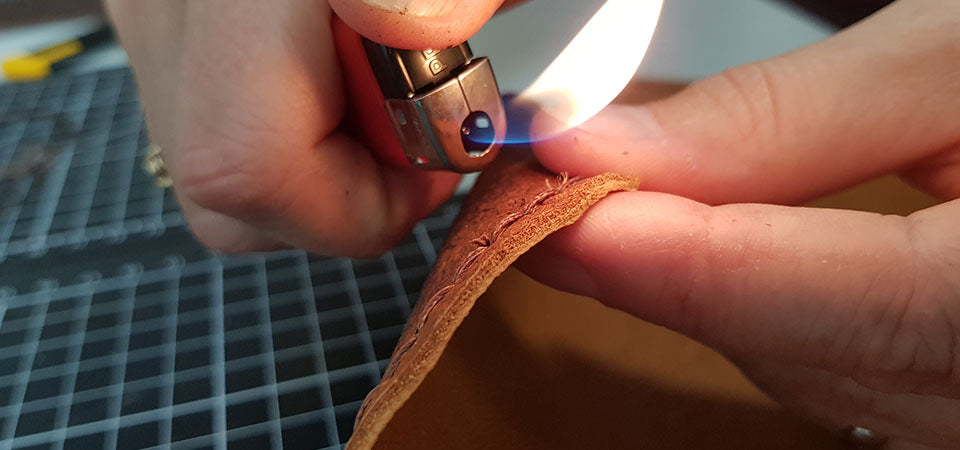
5. Hammer the stitching with a riveting hammer or a joining hammer: pay attention to the angle of the strike and do not hit too hard to avoid damaging/marking the leather. 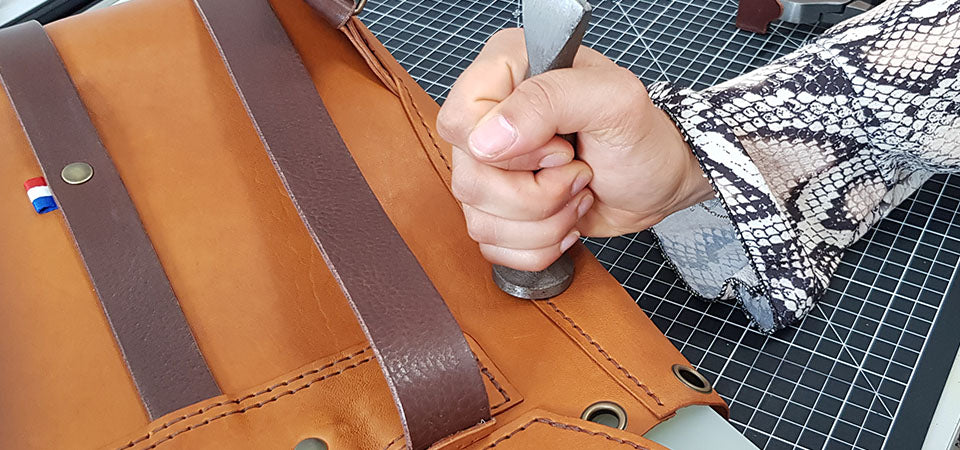
All you have to do is work the edges with a square cutter and then a edge finish or tokonole / tragacanth gum.
USING THE ABAT-CARRE >
WHICH LEATHER SHOULD I CHOOSE FOR HAND STITCHING?
Ideally, you should choose a thick leather (at least 1.2 mm thick) that is not too soft . We invite you to take a look at our guide on the different leather finishes.
WHICH LEATHER SHOULD I CHOOSE FOR MY CREATION >
FREE TUTORIAL IDEAS TO PRACTICE YOURSELF
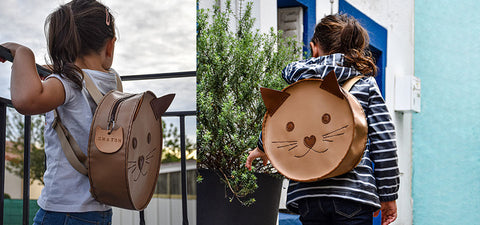 |
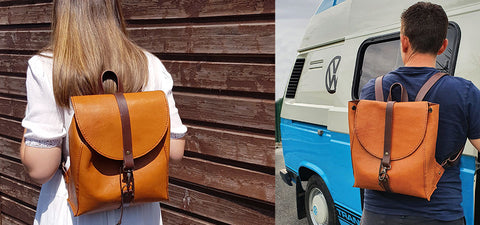 |
|
Children's leather backpack |
Sheepskin leather backpack |
 |
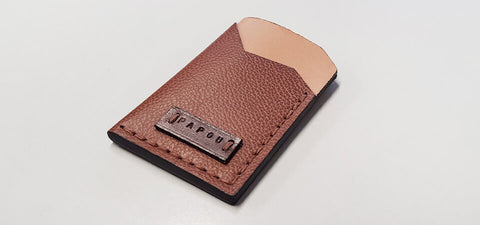 |
|
Leather tobacco pouch |
Minimalist card holder |
LEATHER DECORATION TOOL KITS
We have drawn on our experience to offer you a starter kit with the essential tools for hand sewing leather.


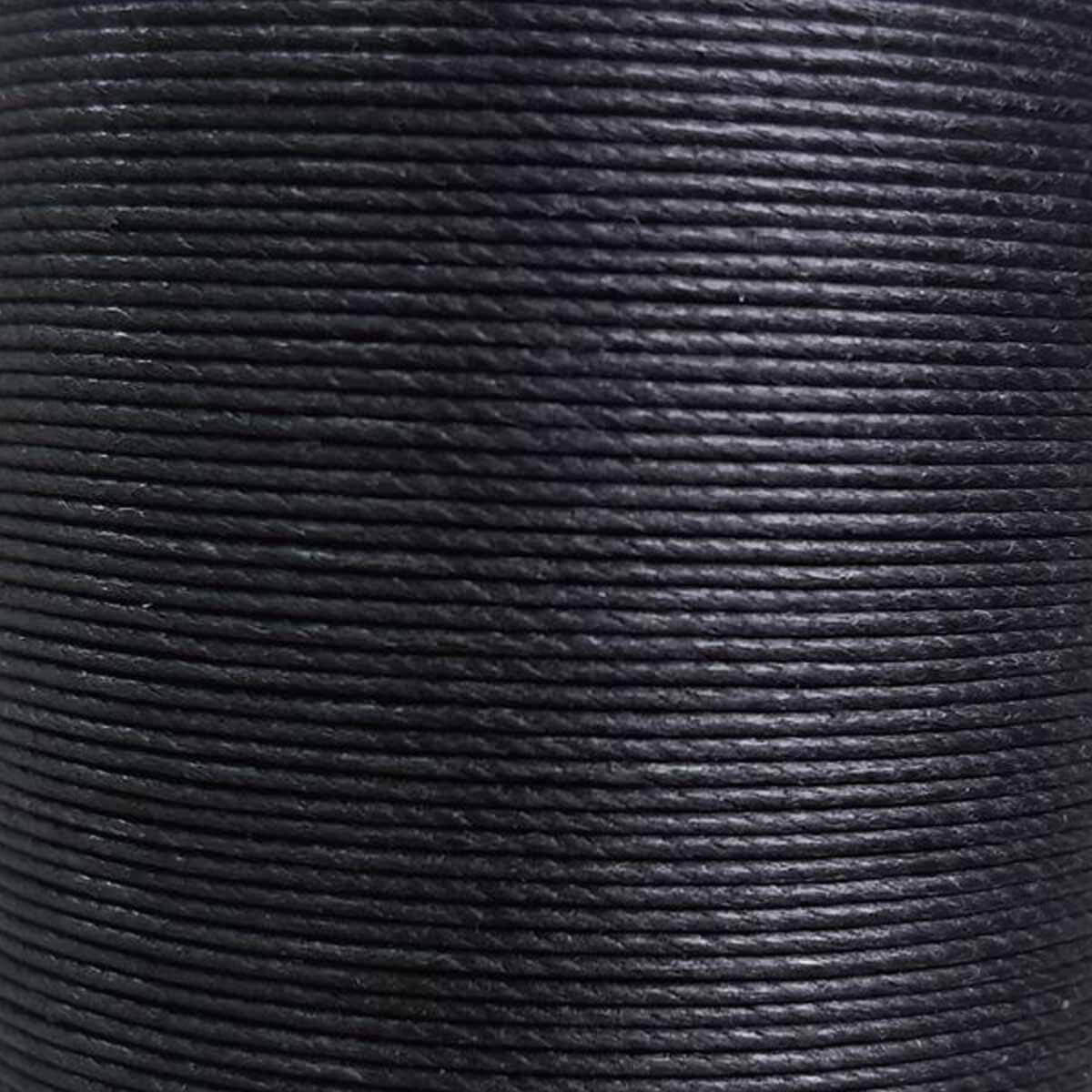
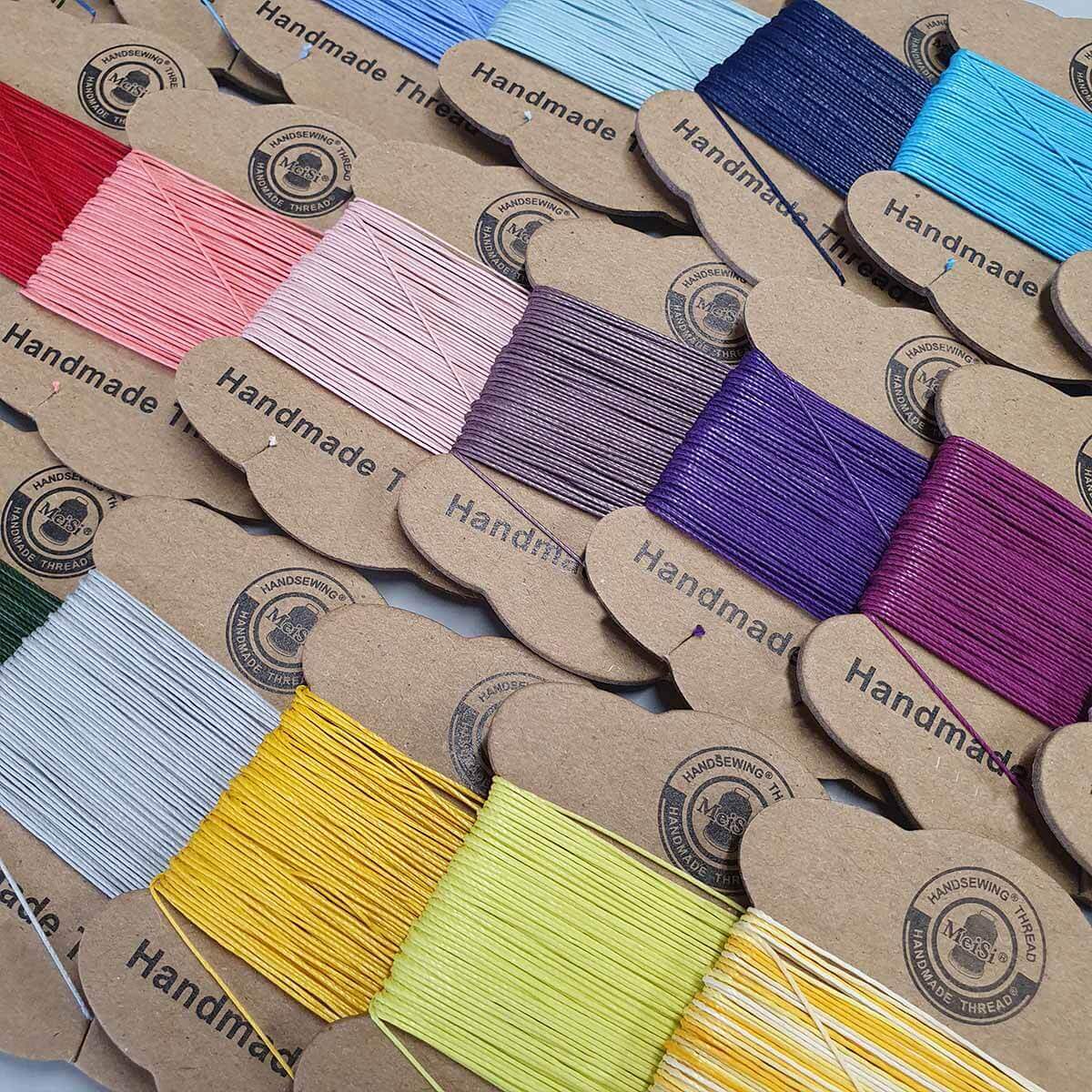


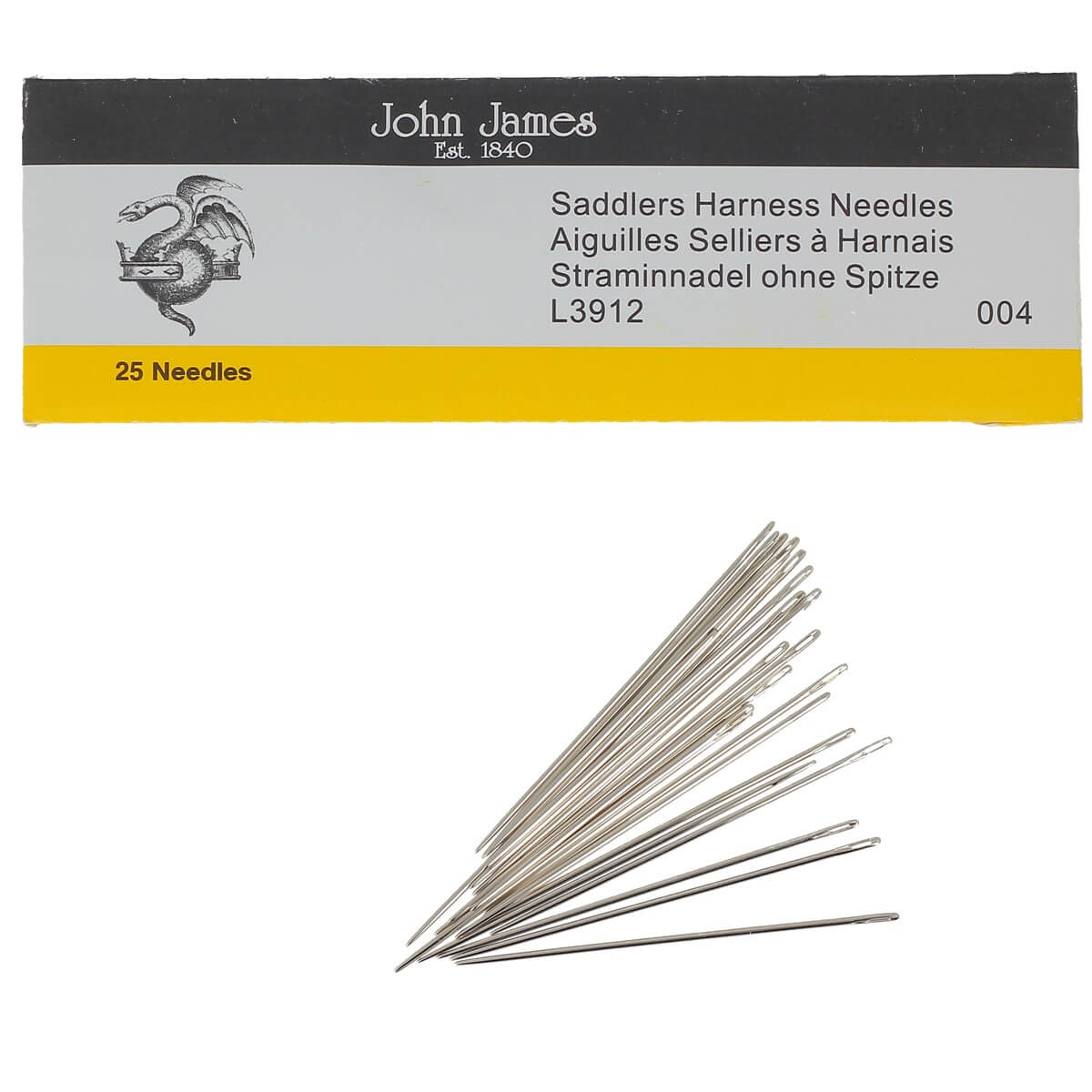
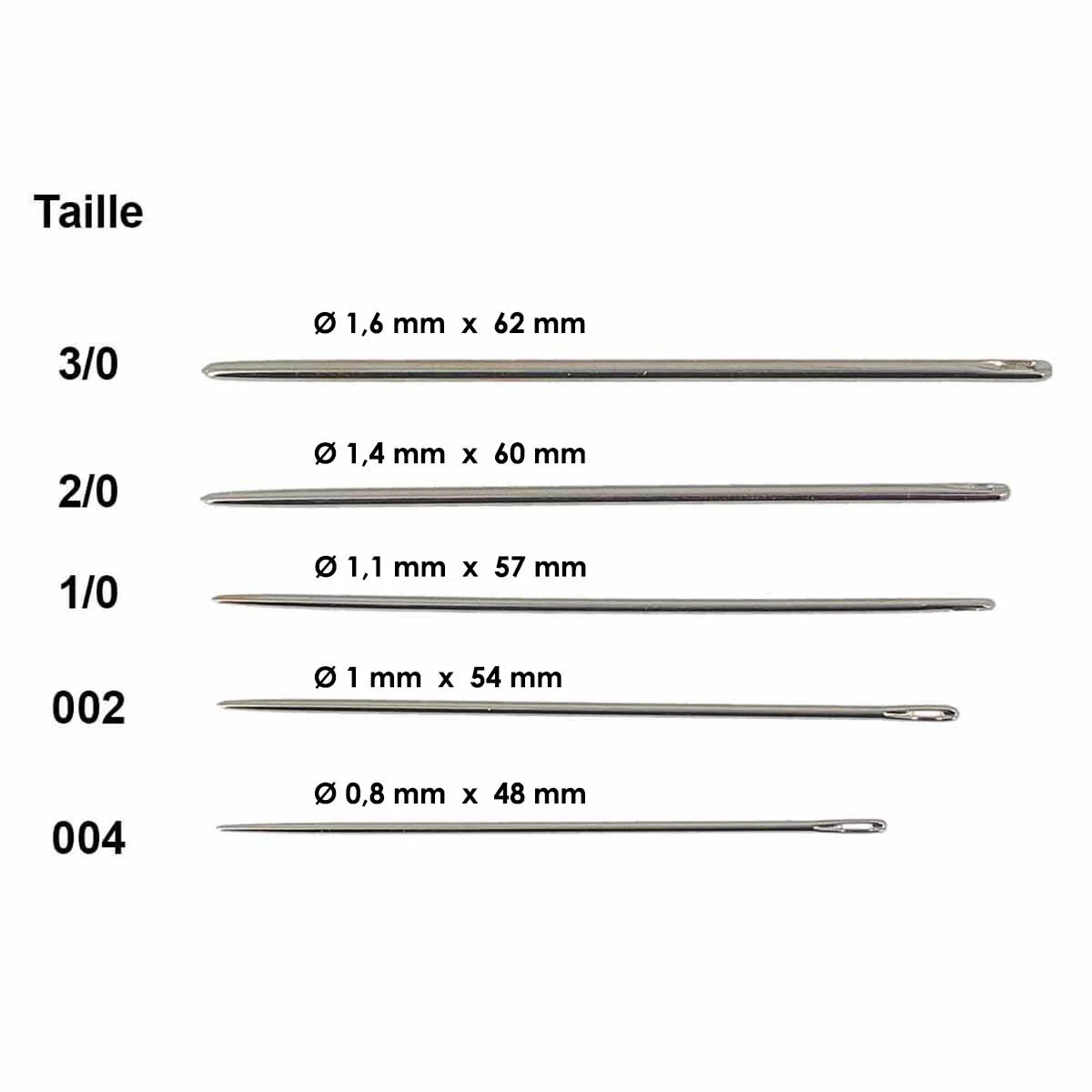


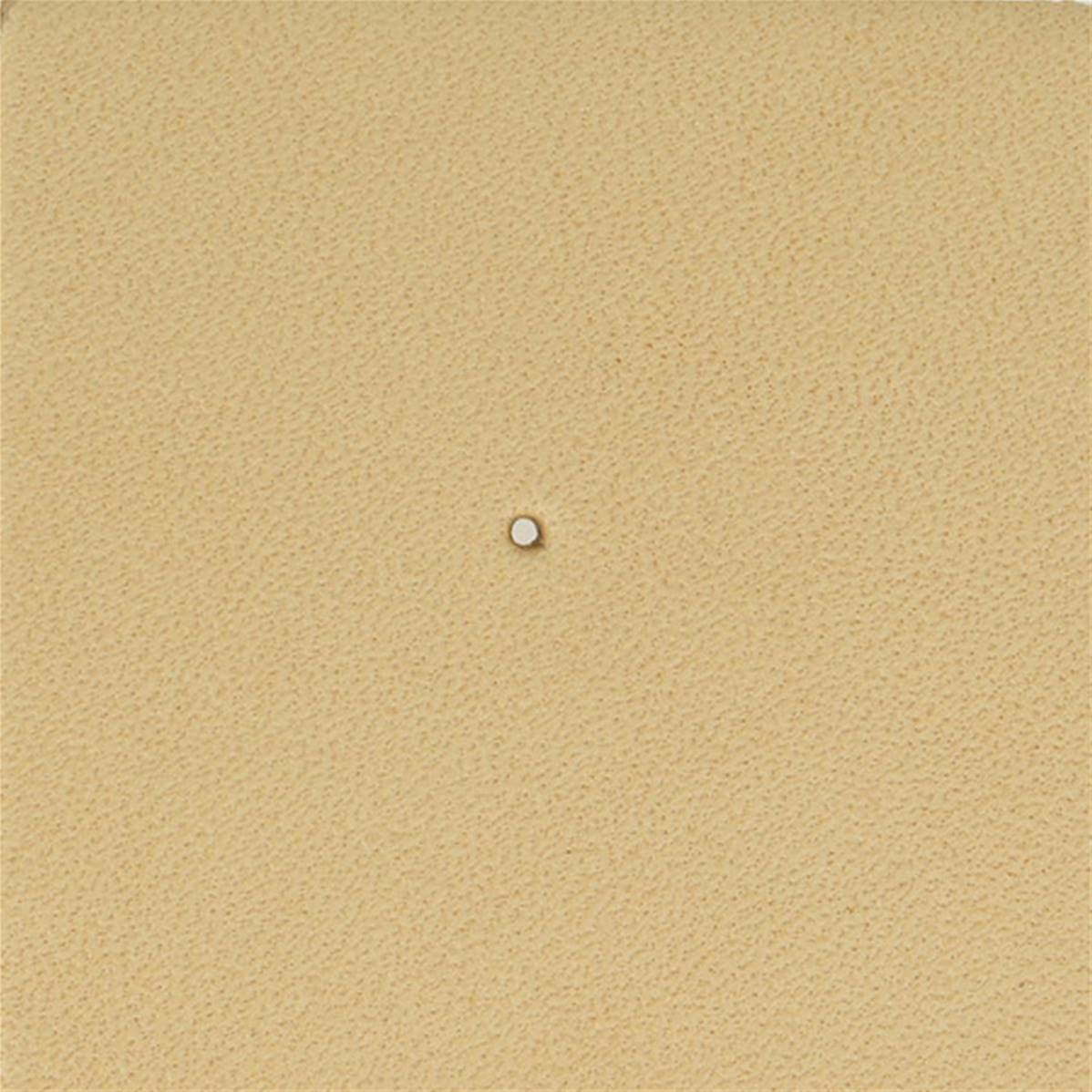





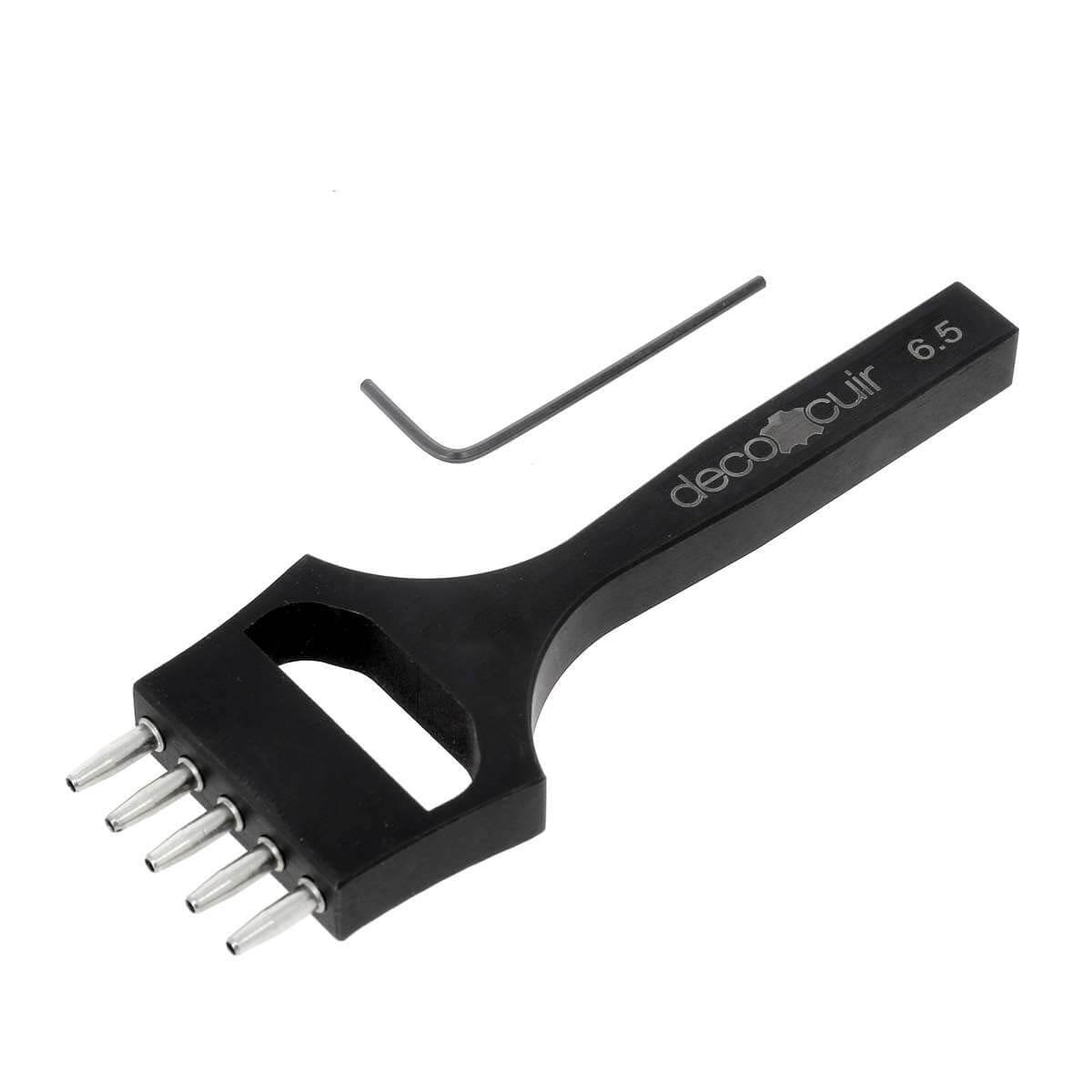































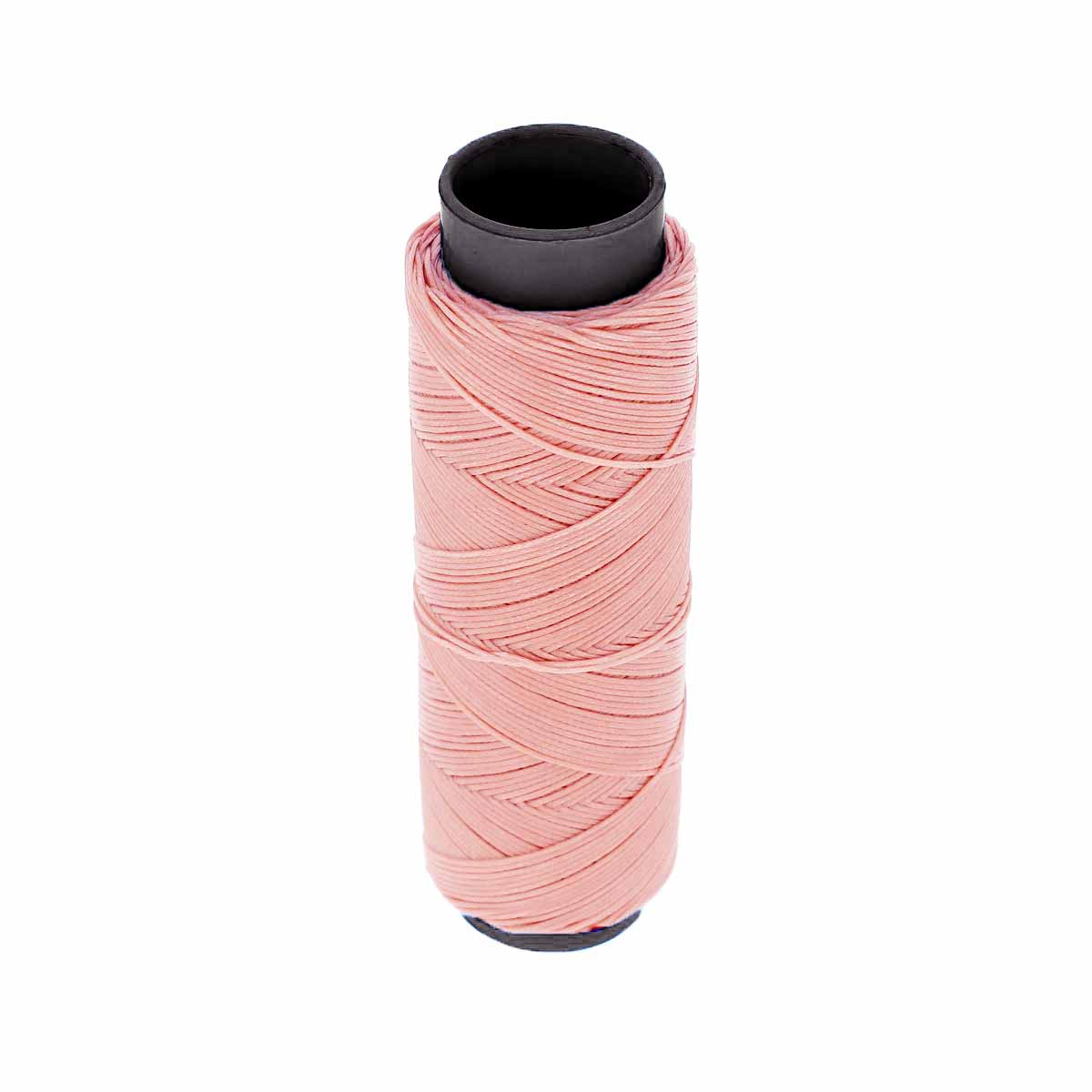

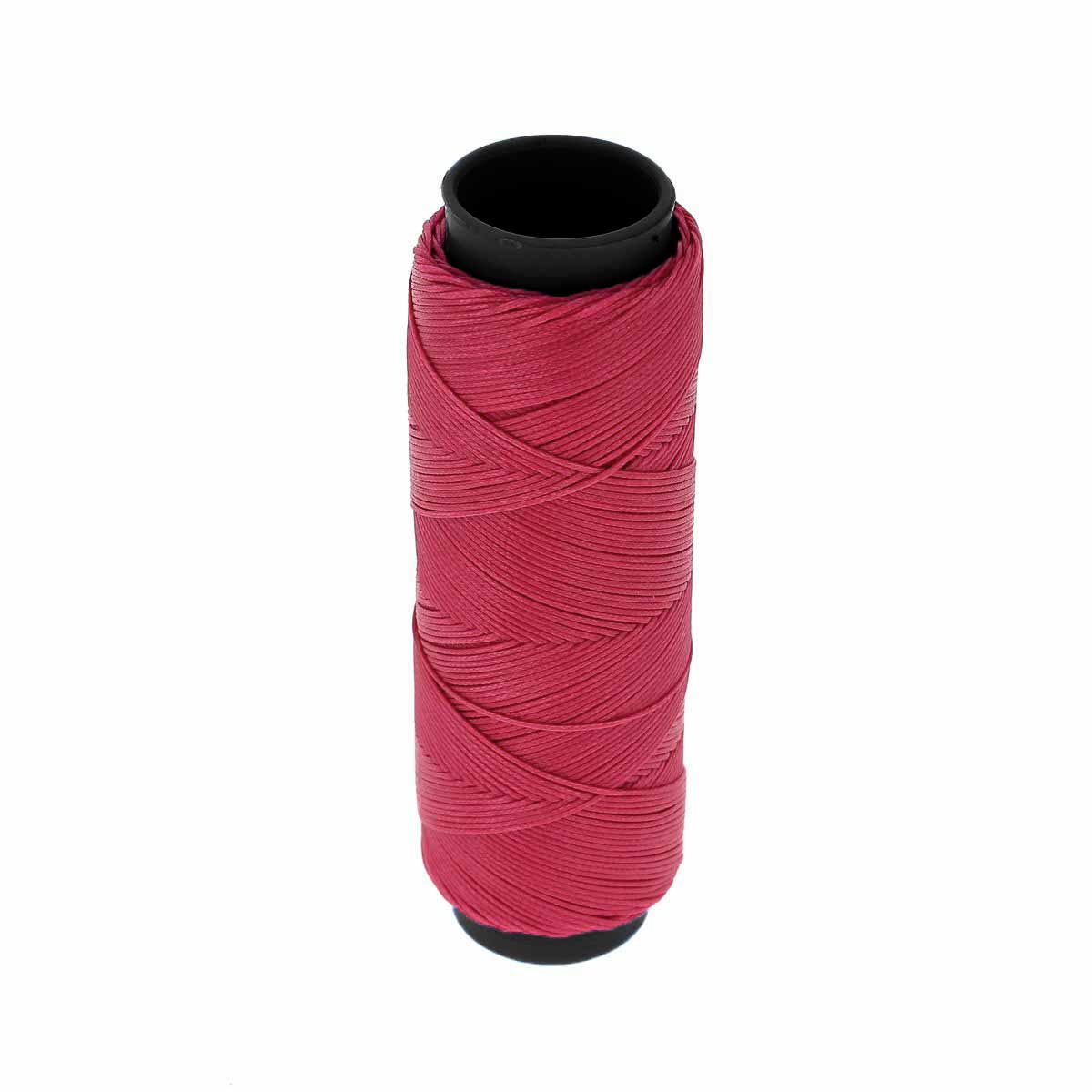











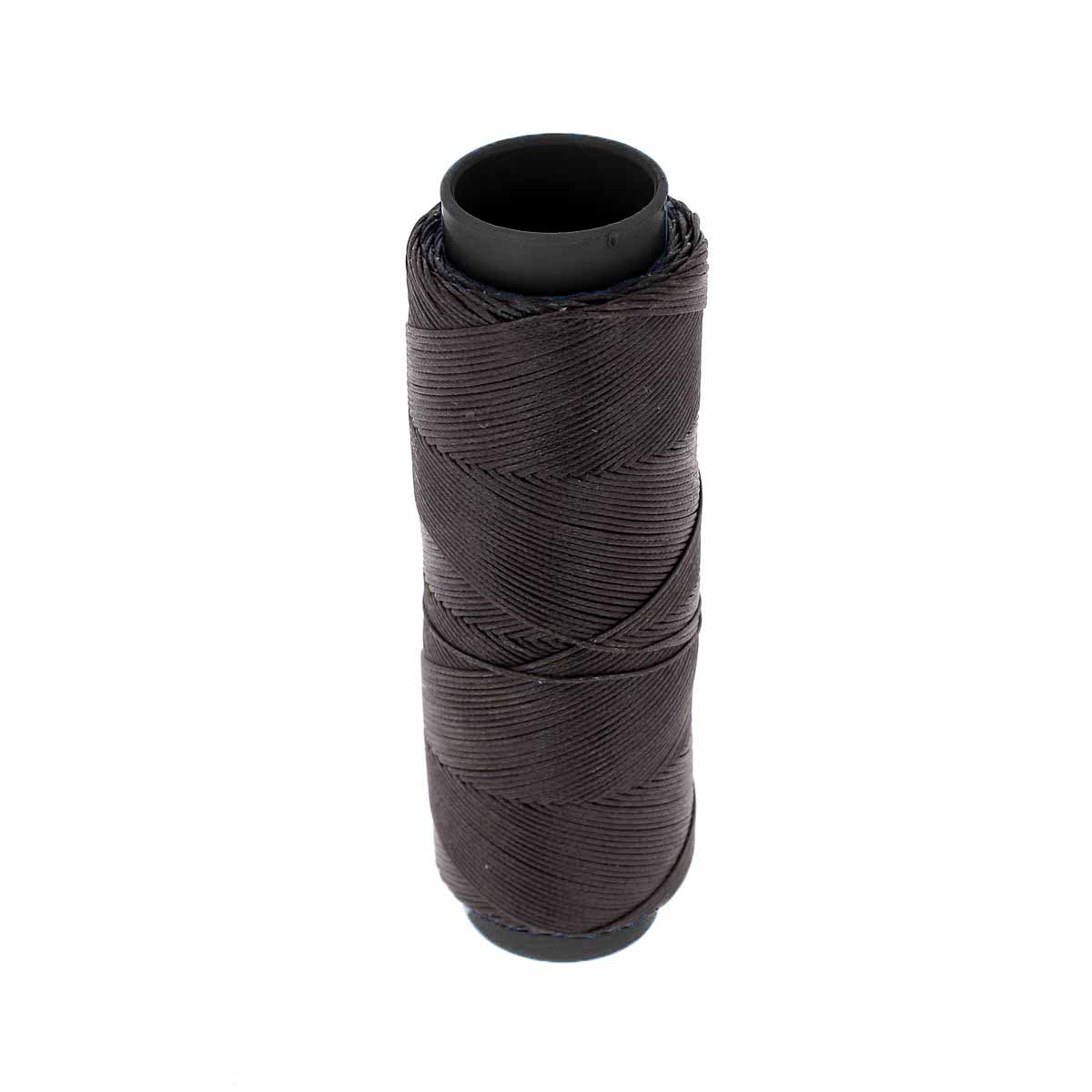

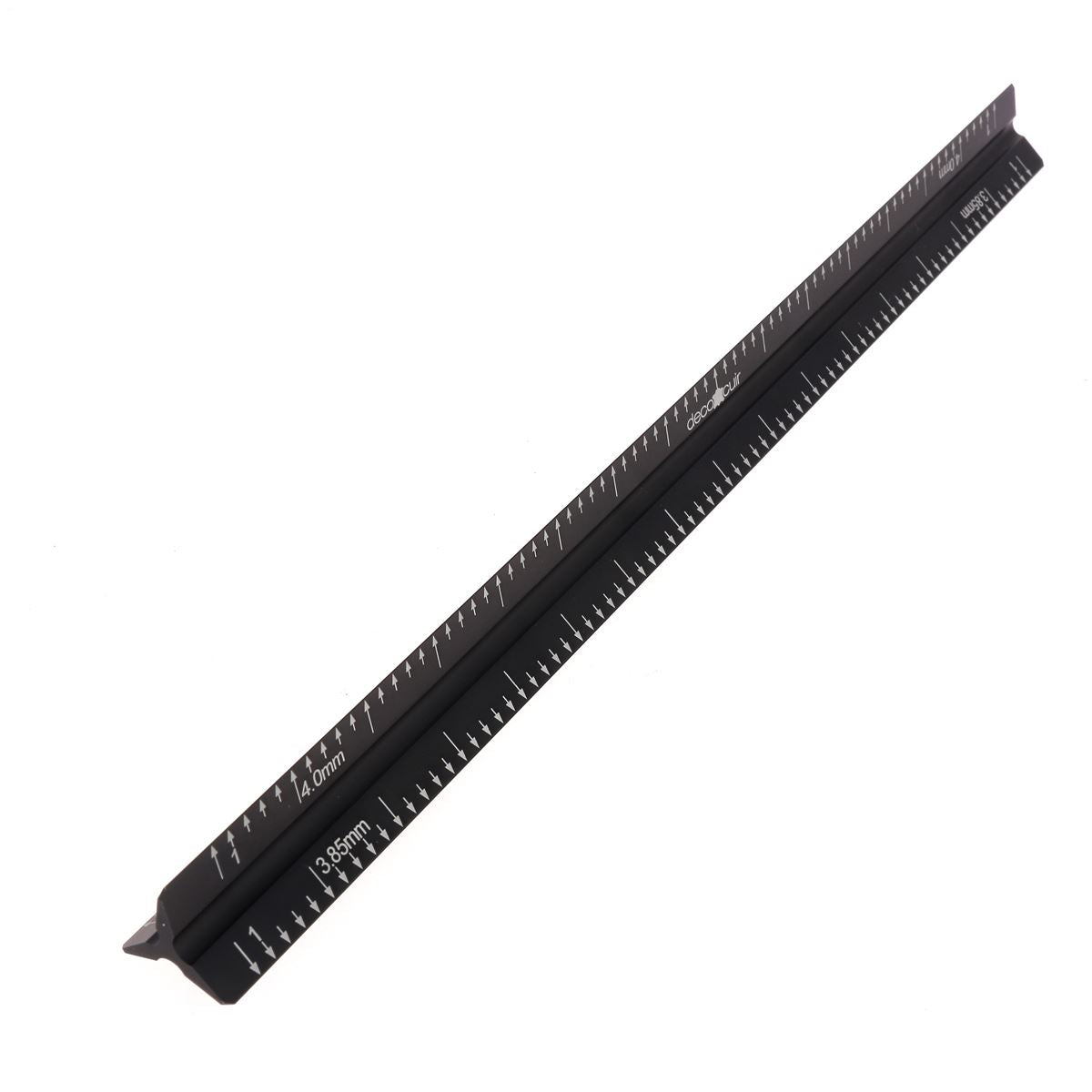

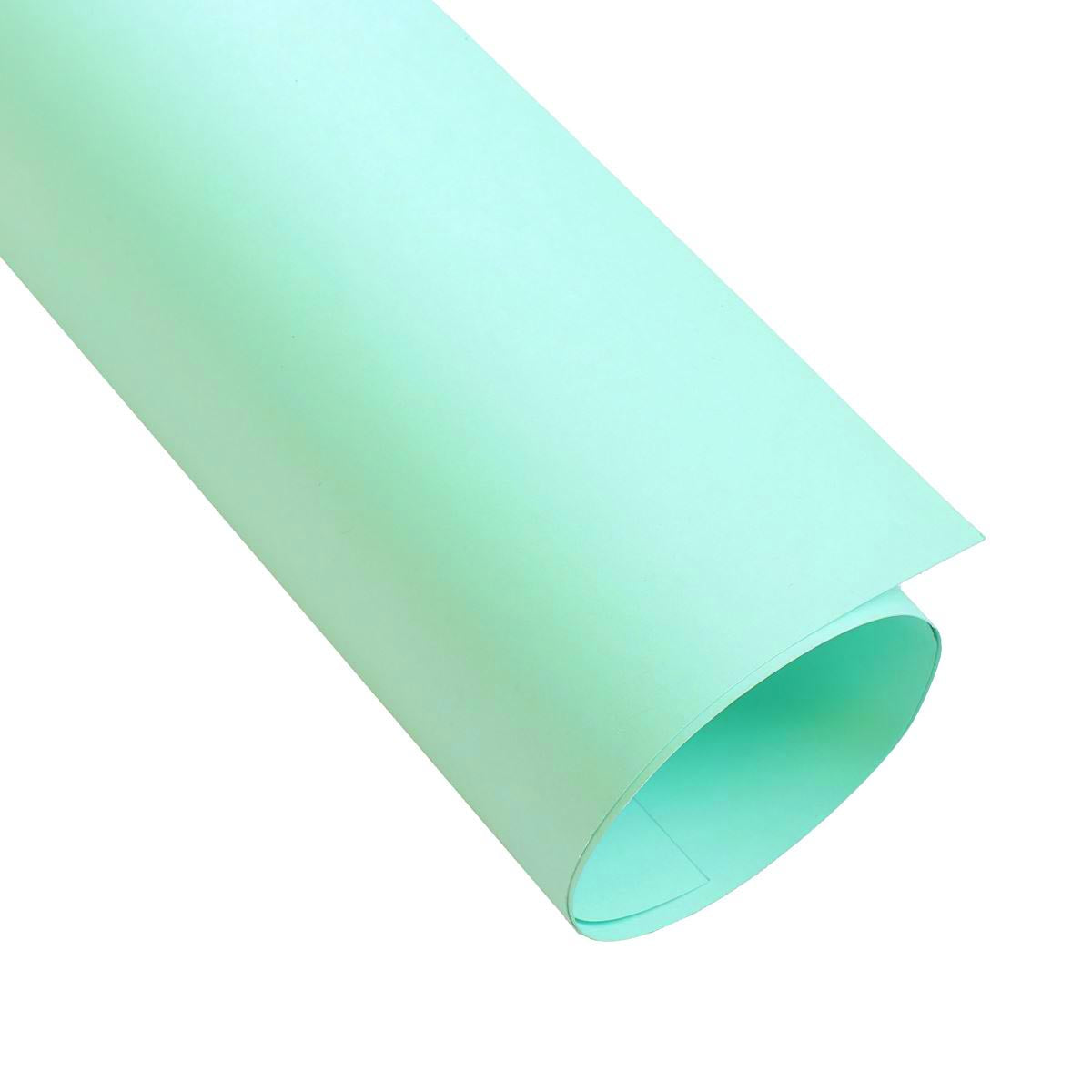
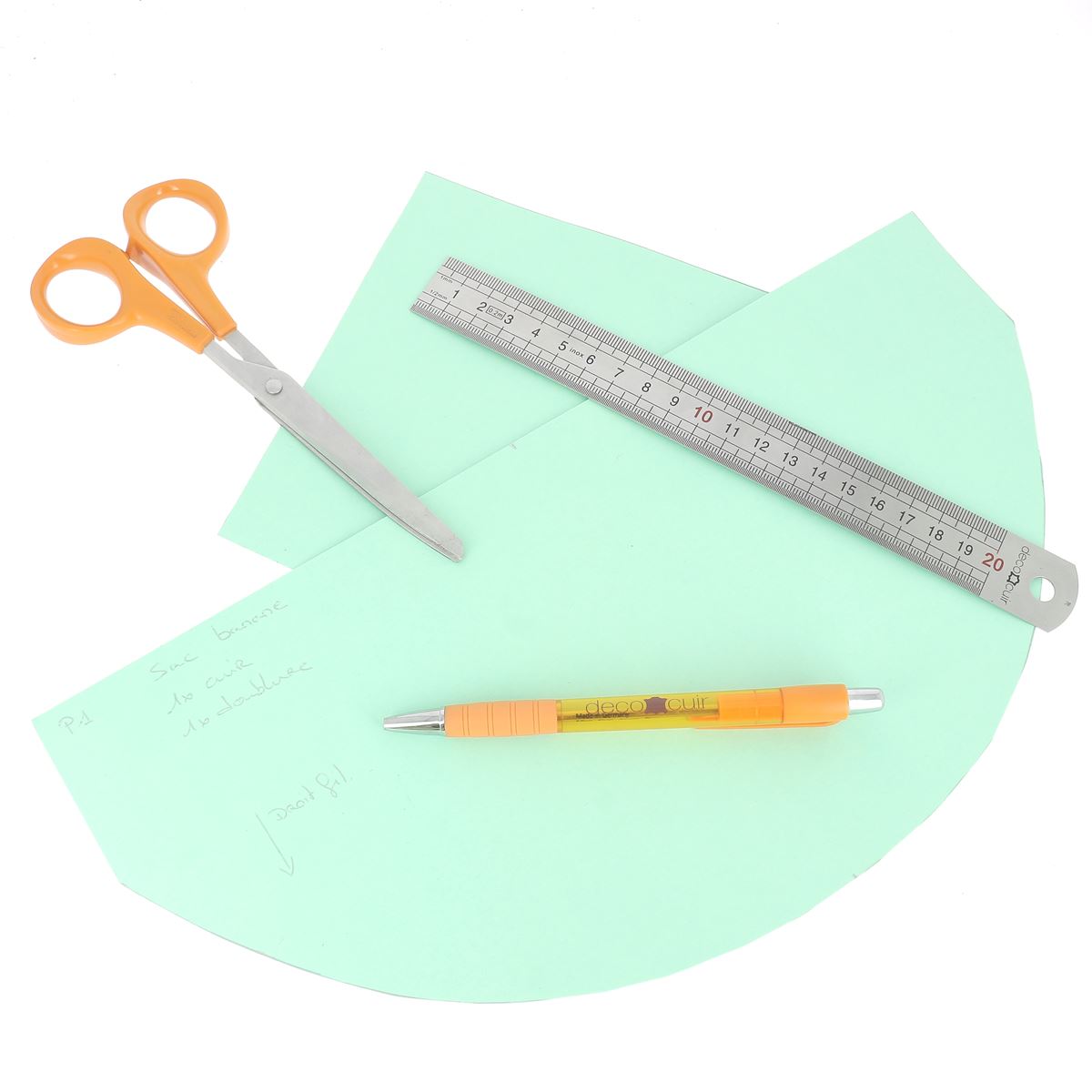


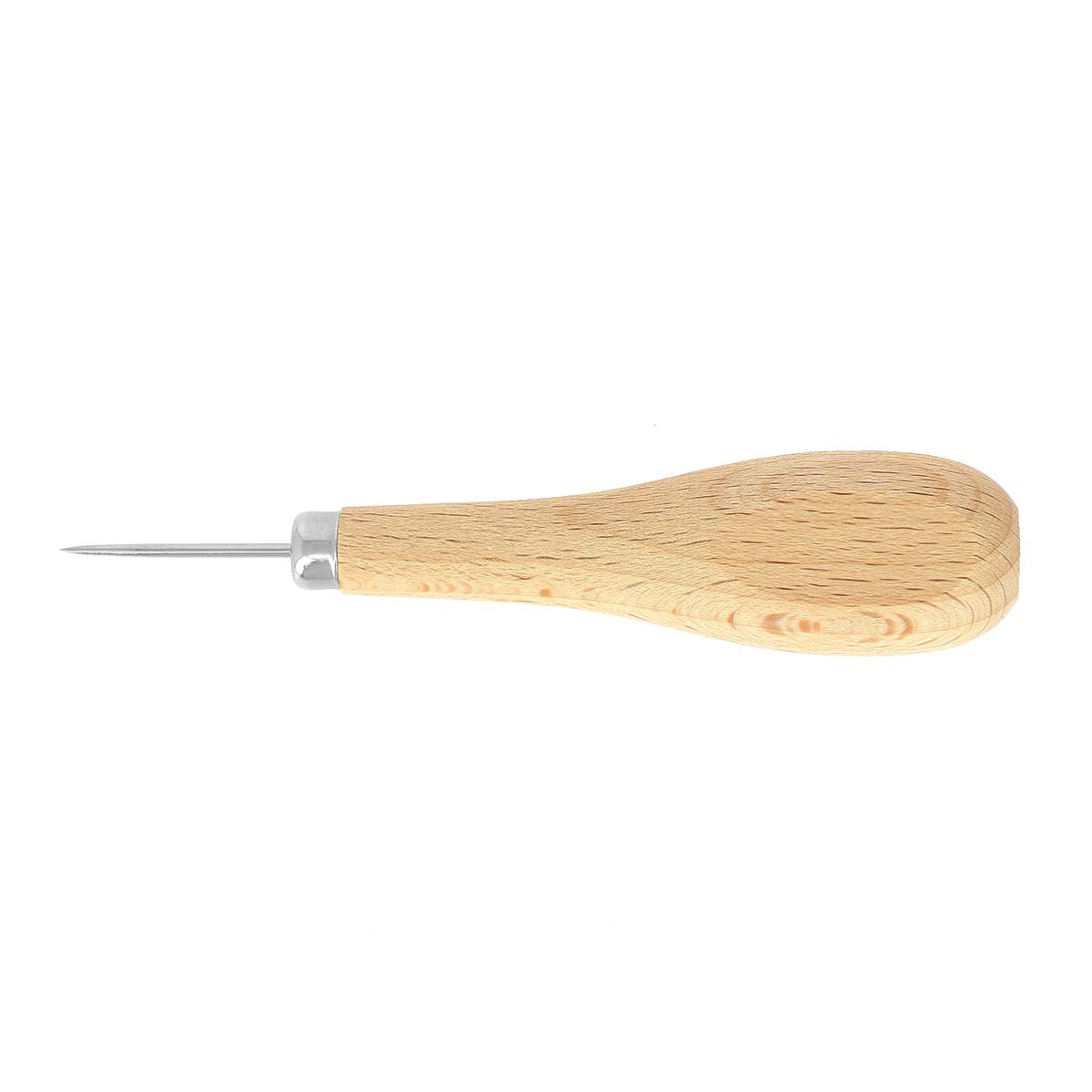


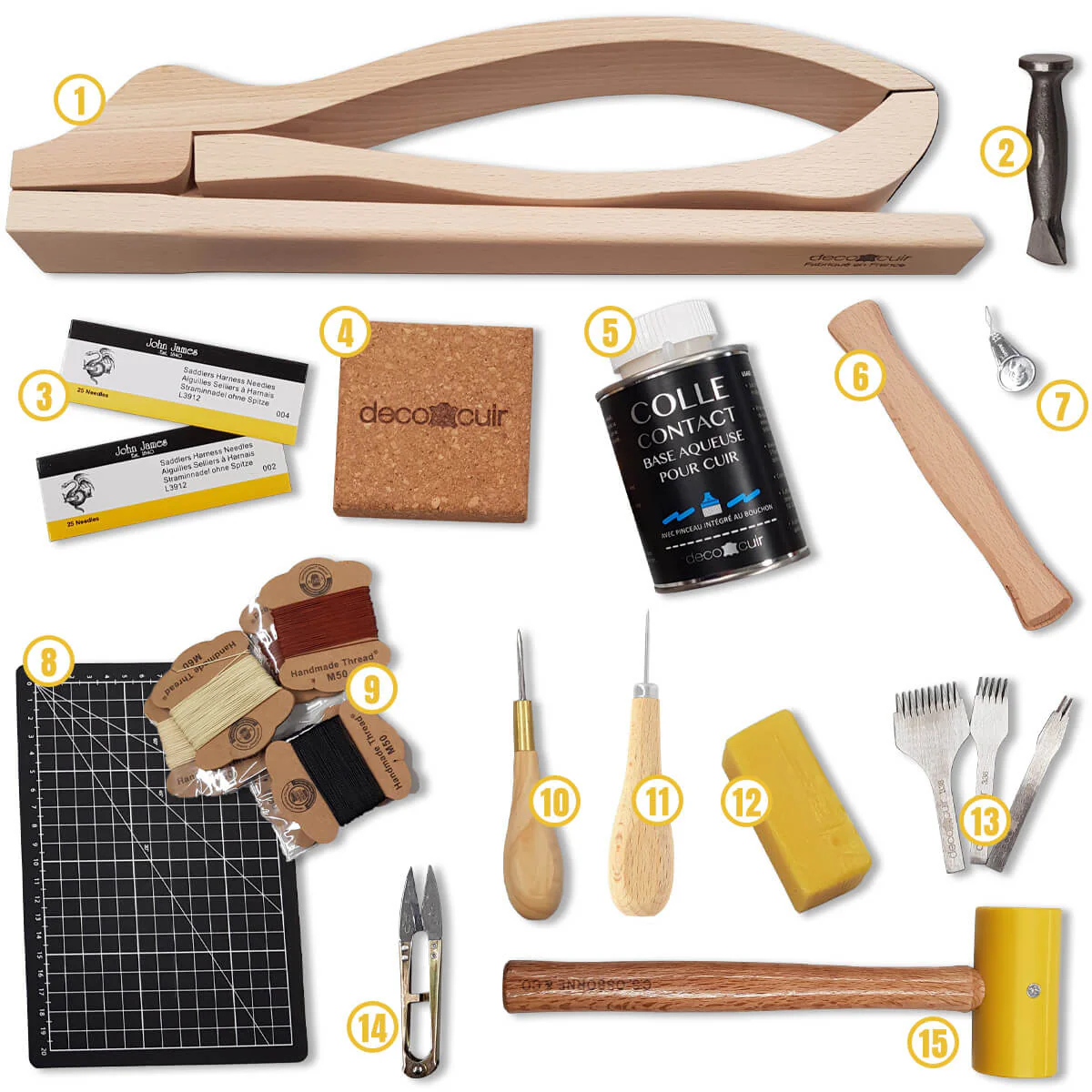


3 comments
Laura Verónica Chámarez
Soy Argentina, quiero agradecer todo lo que aportan para la persona que desea trabajar de manera honrada.
Gracias, aprendo mucho con ustedes.
Gracias a Dios existe el traductor para que podamos expresarnos.
Saludos
Taleb
Bonjour
Merci pour tout les Tutos.
Mon rêve serais de pouvoir faire une formation dans vos locaux pour faire des sacs.
Maria cristina leal
Super